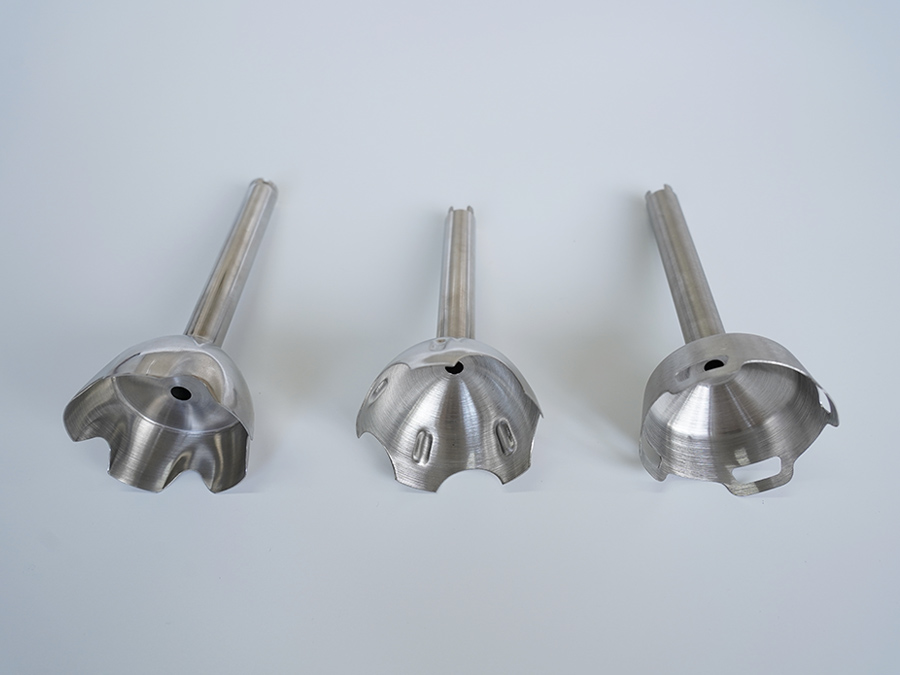
 Home > News
> News Information
Home > News
> News Information
Stretch forming is a stamping process that uses molds to shape flat billets into open hollow parts. Stretching, as one of the main stamping processes, is widely used. The drawing process can be used to manufacture thin-walled parts with irregular shapes such as cylindrical, rectangular, stepped, spherical, conical, parabolic, etc. If combined with other stamping processes, more complex shapes can also be produced.
Using stamping equipment for product stretching and forming processing, including stretching processing, re stretching processing, reverse stretching, thinning stretching processing, etc.

When using stamping equipment for stamping and stretching processing, there are 16 types:
1. Cylindrical stretching processing: the stretching of cylindrical products with flanges. The flange and bottom are flat, and the side walls of the cylinder are axisymmetric. The deformation is evenly distributed on the same circumference, and the blank on the flange undergoes tensile deformation.
2. Elliptical deep drawing processing: The deformation of the blank on the flange is tensile deformation, but the deformation amount and deformation rate change correspondingly along the contour shape. The larger the curvature, the greater the plastic deformation of the blank; On the contrary, the smaller the curvature, the smaller the plastic deformation of the blank.
3. Rectangular stretching processing: Low rectangular sheet formed by one-time stretching. When stretching, the tensile resistance at the rounded corners of the flange deformation zone is greater than that at the straight edges, and the degree of deformation at the rounded corners is greater than that at the straight edges.
4. Yamagata stretching processing: When the side wall of the stamped part tilts, the side wall is suspended during the stamping process and does not adhere to the mold until the forming process is completed before installing the mold. The deformation characteristics of different parts of the sidewall during molding are different.
5. Hill shaped stretching processing: The deformation of the hill shaped cover blank during the forming process is not simply stretching deformation, but a composite forming process where stretching and bulging deformation coexist. The deformation of the billet on the falling surface is tensile deformation (radial tensile stress and tangential compressive stress), while the deformation inside the profile (especially in the central area) is bulging deformation (radial and tangential tensile stress).
6. Half spherical stretching with flange: When the spherical part is stretched, the blank part comes into contact with the top of the convex mold ball, while the rest is in a free state of suspension without constraints. Therefore, the main process problem of this spherical part stretching is severe thinning of the local contact part, or instability and wrinkling of the bent part.
7. Flange stretching processing: The flange part of the stretched product is processed by shallow deep drawing. The stress and strain situation is similar to compression flanging. Due to tangential compressive stress, it is prone to wrinkling, so forming is mainly limited by compressive wrinkling.
8. Edge stretching processing: Performing angle re stretching processing on the flange of pre stretched products, which requires the material to have good plasticity.


.jpg)






